Explore depths of history during 'Byeongsan Seowon Stay' in Andong
By Kim Hae-yeonPublished : Sept. 7, 2023 - 15:06
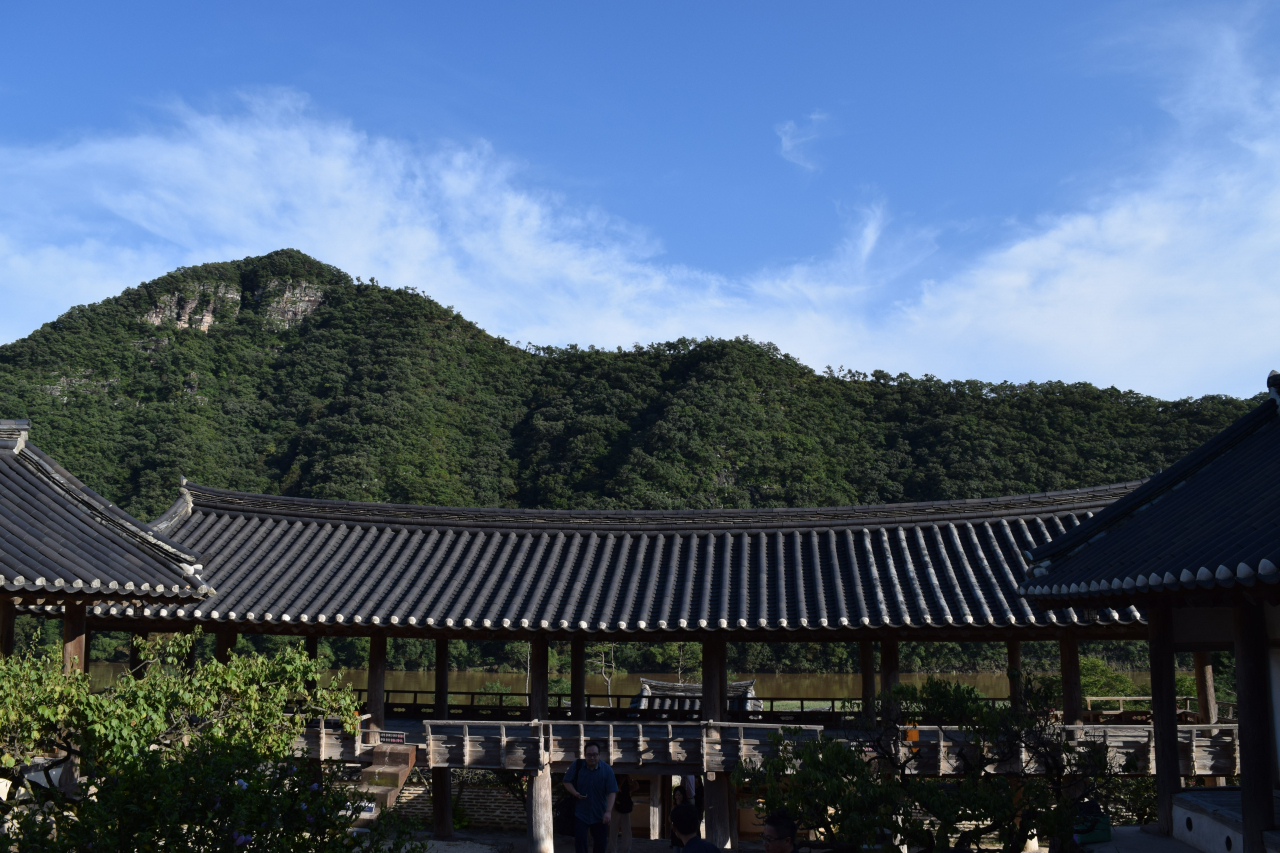
ANDONG, North Gyeongsang Province – Andong is renowned not only for its hanok, but also for its neo-Confucian academies, called "seowon," which draw visitors year after year.
As a special program open to the public during the World Heritage Festival period, the Cultural Heritage Administration and the Korea Cultural Heritage Foundation unveiled "Byeongsan Seowon Stay," an overnight program that will be offered from Friday to Sept. 17 by reservation.
The unique program offers participants the rare opportunity to spend a night at Byeongsan Seowon, which is normally closed to the public after sundown.
The program combines learning the fundamentals of neo-Confucian philosophy and ethical principles while immersing oneself in the serene natural surroundings.
Of the approximately 600 seowon around the country, Byeongsan Seowon holds a special distinction as one of the nine designated as UNESCO World Heritage Sites in July 2019.
Among the nine World Heritage Sites that date back to the 16th century and are preserved in their original form, Byeongsan Seowon showcases the pinnacle of Joseon-era architectural expertise and is a testament to Korean seowon architecture at its finest.
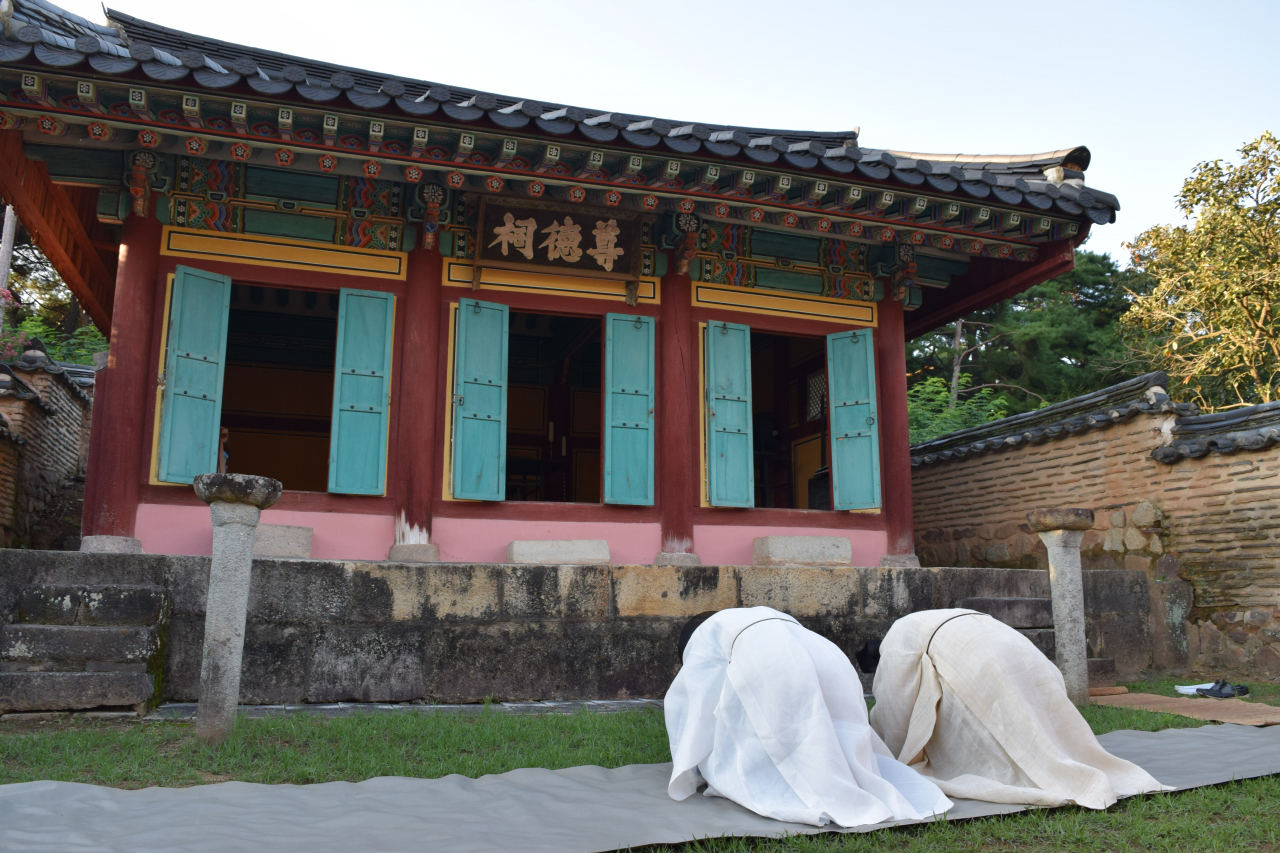

Located in a picturesque landscape, with the Nakdong River in the foreground and Byeongsan as the backdrop, the site is a ceremonial space dedicated to Ryu Seong-ryong, a statesman and Confucian scholar who played a pivotal role as a chief state councilor during King Seonjo's reign from 1567 to 1608.
Byeongsan Seowon was established in the eighth year of King Seonjo when Ryu moved the Punggakseodang Village School in Pungsan-eup to the current location. Following Ryu's passing in 1607, his students and fellow scholars erected a shrine in his honor in 1614, which was named Byeongsan during the reign of King Cheoljong (1831-1864).
The first activity of the seowon stay program is a visit to Jondeok Temple to pay homage to Ryu. As participants respectfully bow, an official from unveils Ryu's ancestral tablet, a rare occurrence as it is typically kept closed except on special occasions.
"The tablet has been here since 1614, and the bamboo wooden floor bears witness to its long history," said a senior member of the academy.
The Mandaeru Pavilion, designated as Treasure in 2020, is a grand structure with a hip roof, a gable roof and a single eave.
It formerly functioned as a banquet venue as well as a lecture hall.
The columns of the pavilion frame breathtaking views of the mountain, with cranes often seen resting by the river stream.
Even today, countless scholars praise its harmonious integration with the natural environment, acting as a bridge between human-made architecture and the serene landscape. While the pavilion is generally off-limits to the public for conservation reasons, it opens its doors to program participants at designated hours. This is possible since the program accepts up to 14 participants per session.
Participants can savor the scenic view while drinking traditional tea such as chrysanthemum tea, an Andong specialty.
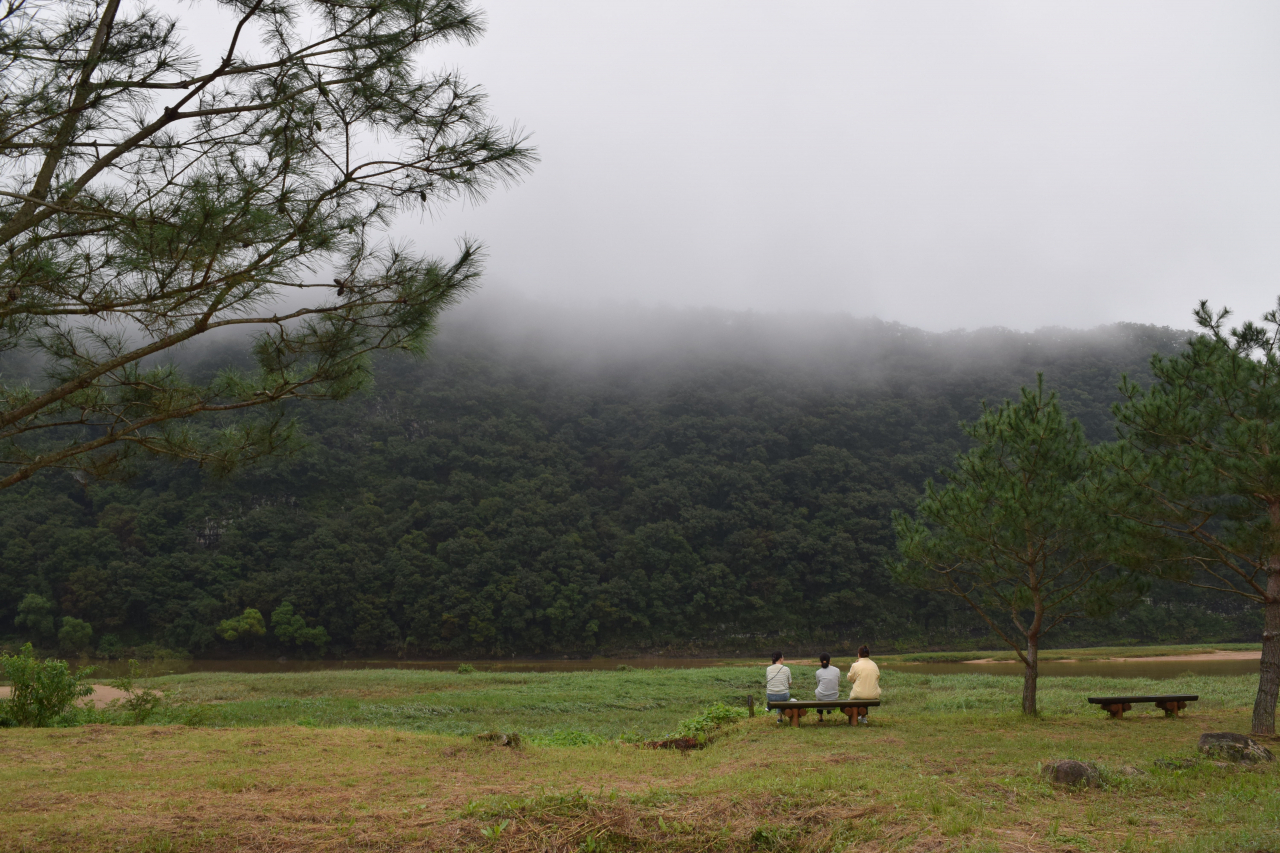
At the heart of the seowon lies the Ipgyodang Lecture Hall.
Here, program participants gather for a brief lecture on the history of seowon and explore the architectural aesthetics of Byeongsan Seowon.
The adjacent Dongjae and Seojae rooms that serve as accommodations feature ondol, or traditional floor-heating systems, as newly installed air conditioners. Each room accommodates three to four participants. Night lanterns are provided for evening strolls.
The culinary highlight of the program is the meticulously prepared cuisine.
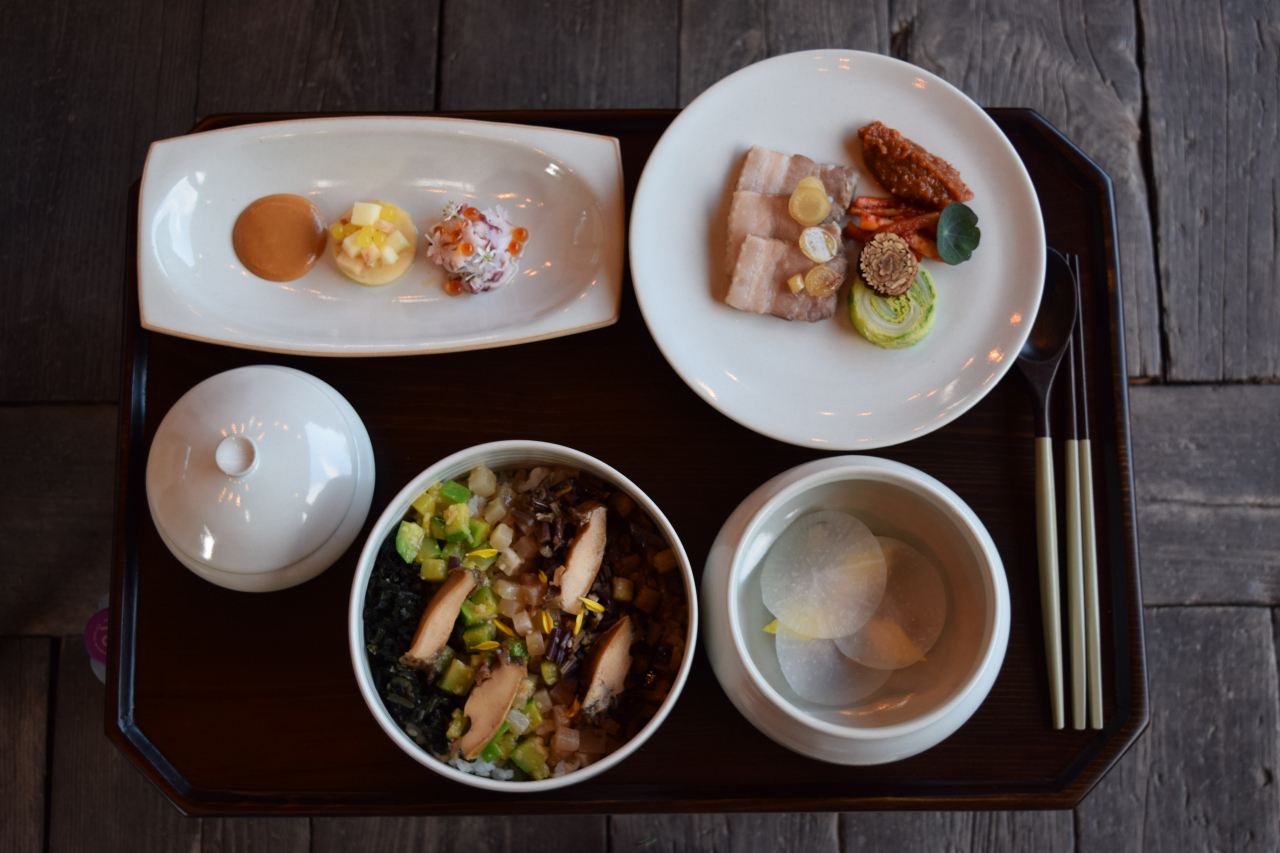
From dinner to late-night snacks and breakfast, Kim Dong-ki, a chef specializing in French cuisine, serves up unique dishes. An example is Andong-style bibimbap which is mixed with soy sauce instead of red chili paste.
In the evening reading session, Ryu Han-wook, 75, who oversees operations at Byeongsan Seowon, engages participants by reading excerpts from an edited book on neo-Confucian philosophies while answering questions.
"Here, you witness the changing seasons vividly through the leaves, flowers and the sky. You learn humility and modesty often forgotten in our fast-paced lives. I hope Byeongsan Stay allows the guests to travel back in time and reflect upon themselves," Ryu said.
Although the September program is fully booked, the KCHF plans to collect feedback, make improvements and reopen the program next year.
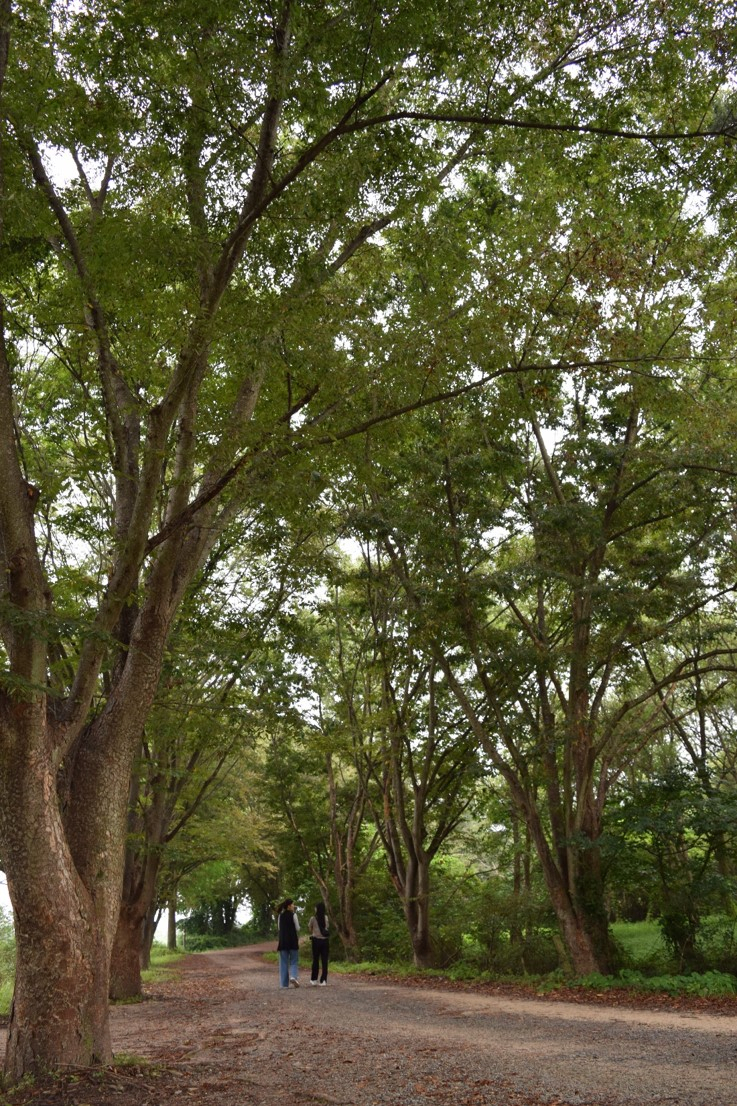
How to get to Byeongsan Seowon
1. Take the KTX-Eum train from Cheongnyangni Station in Seoul to Andong, which takes approximately two hours.
2. From Andong Station, walk straight ahead 230 meters toward the Andong Bus Terminal.
3. Take Bus No. 210, which stops at Hahoe Village and Byeongsan Seowon.
The bus operates every 45 minutes, though the schedule may vary. Updates are posted at the station's bulletin board.



















![[Today’s K-pop] Treasure to publish magazine for debut anniversary](http://res.heraldm.com/phpwas/restmb_idxmake.php?idx=642&simg=/content/image/2024/07/26/20240726050551_0.jpg&u=)